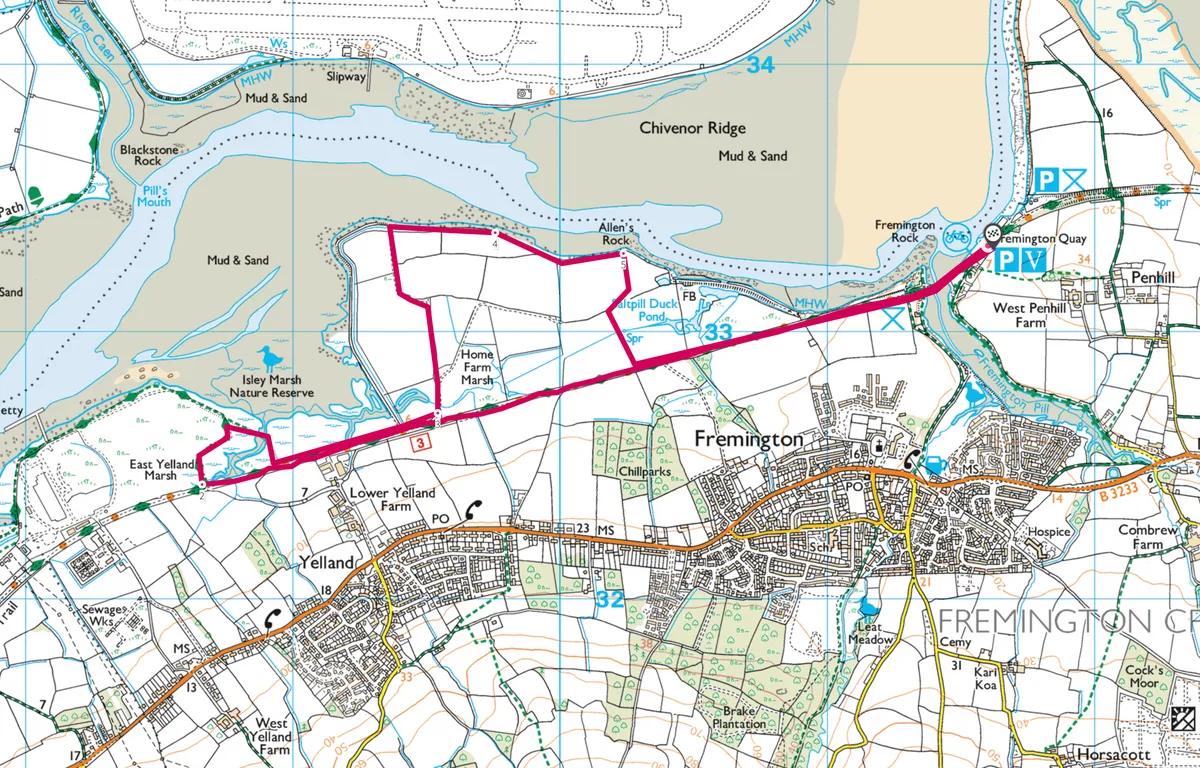Within minutes of leaving the car park at Fremington Quay, I had checked off two birds from my ‘must see’ list: an oystercatcher and a curlew, both feeding on the mudflats only metres from the path.
With its large black and white body and distinctive orange-red bill, the oystercatcher was easy to spot. The curlew was a little trickier, its brown-streaked body camouflaged against the estuary mud.
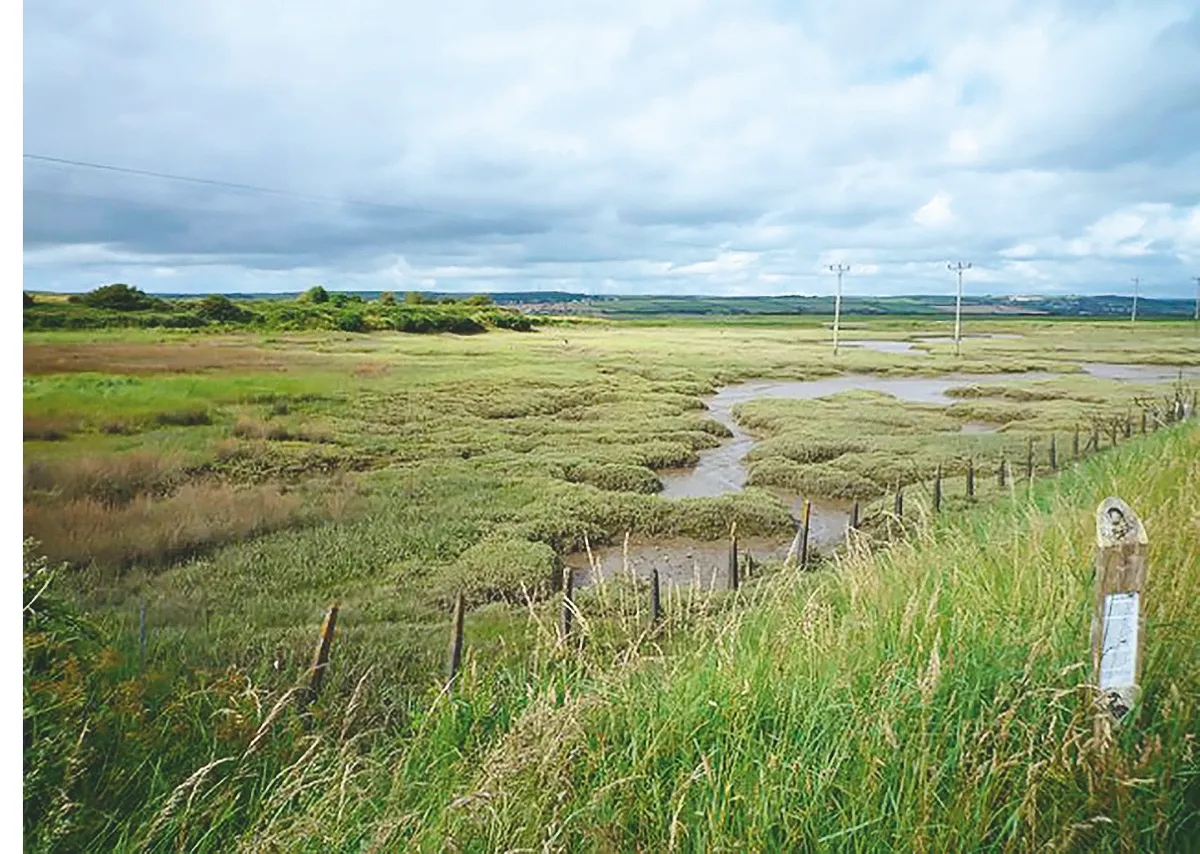
RSPB Isley Marsh sits on the southern edge of the SSSI-designated Taw-Torridge Estuary in the North Devon Biosphere Reserve. It’s the saltmarshes and intertidal mudflats that make this stretch of estuary so attractive for overwintering birds. Wildfowl, waders and gulls come to the area for the invertebrates that dwell in the estuary mud and the valuable shelter of the vegetated marshes. In January, the list of potential bird finds is staggering.
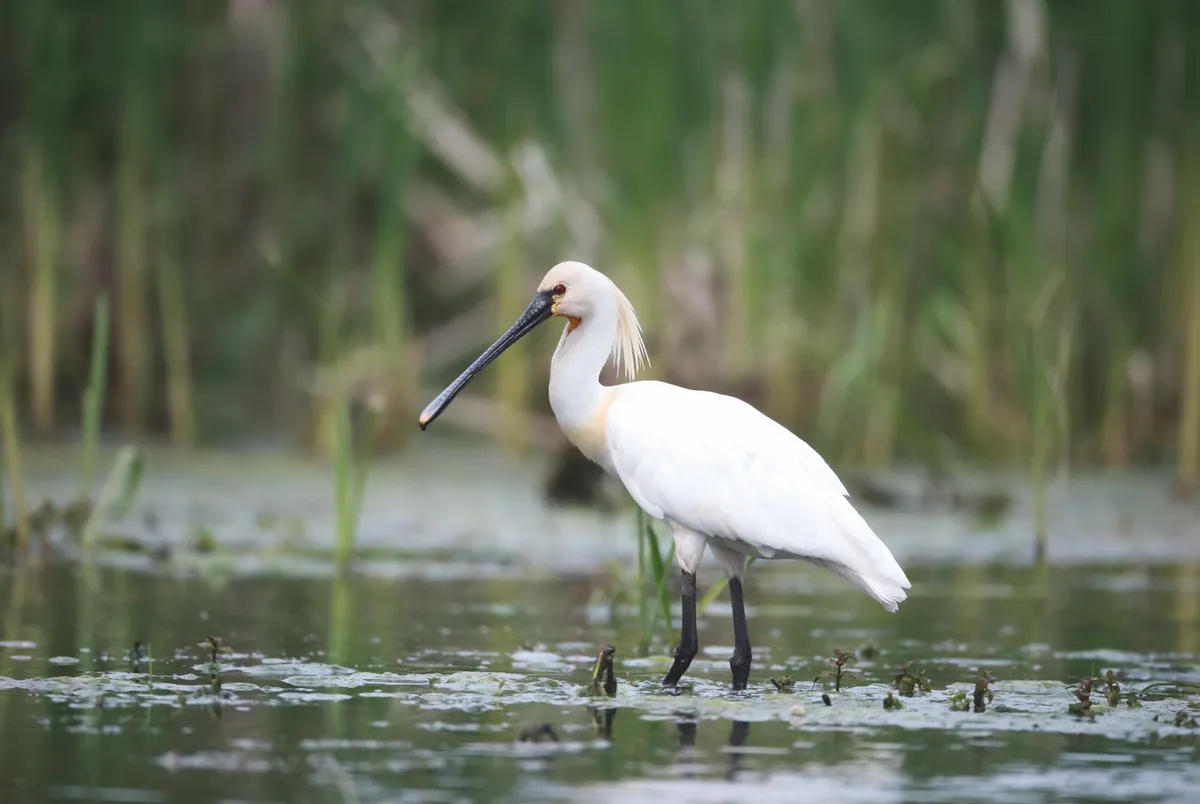
1. Tarka twitching
From Fremington Quay, it’s an easy two-mile walk along the flat, traffic-free Tarka Trail – a foot and cycle path that follows the old Bideford railway line along the River Taw to Isley Marsh. However, before you begin this gentle jaunt, it’s worth pausing for a while on the footbridge over Fremington creek, especially at low tide. During the winter months, it’s a great place to see small flocks of redshanks feeding on the mudbanks, or to catch a rare glimpse of a kingfisher.
2. Marshland
At an RSPB sign on the Tarka Trail, turn right and follow a public footpath through East Yelland Marsh to reach the estuary. The reserve itself is inaccessible to visitors, who are encouraged to use the footpaths on the outside of the marsh, providing wintering birds with an undisturbed area to feed, rest and shelter, especially during high tides and rough weather.
With limited access, binoculars are highly recommended for spotting regular winter visitors, including wigeon, teal, greenshanks, grey plovers, little egrets and spoonbills – last year, six of these tall, white birds with unusual spatulate bills made Isley Marsh their winter home.
Turn right again to loop back to the Tarka Trail along the western side of Isley Marsh.
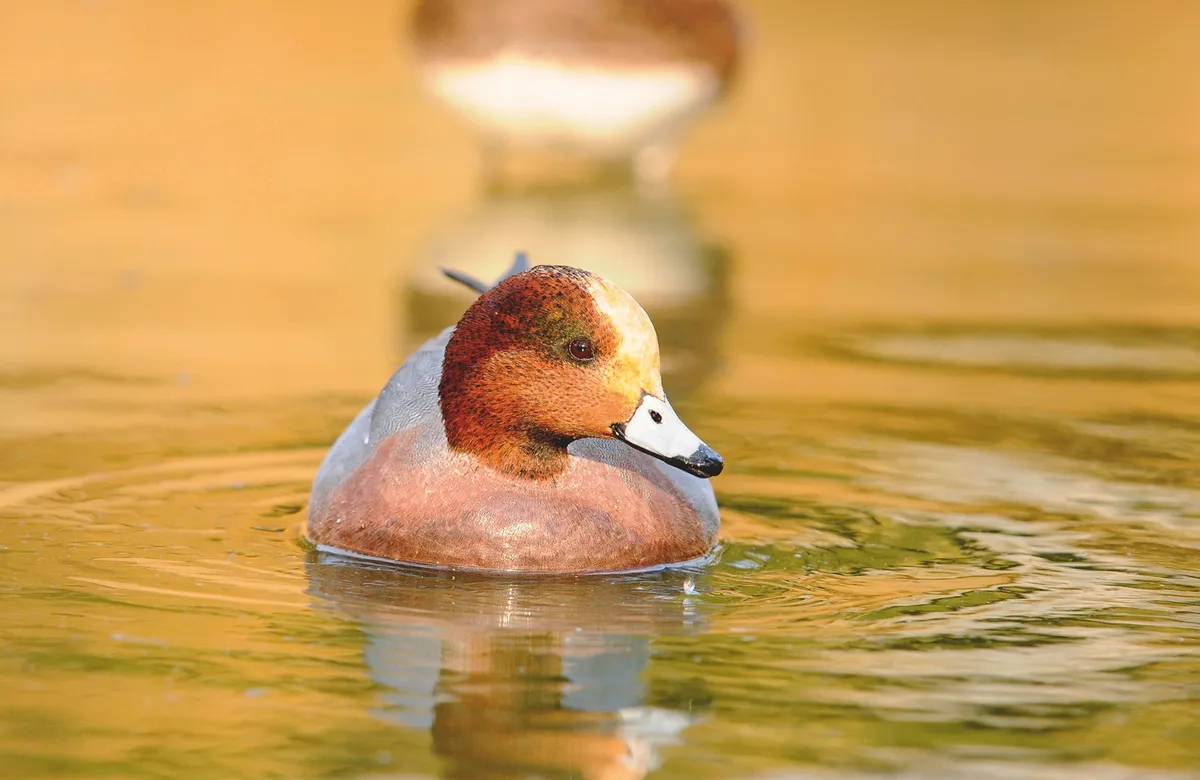
3. Old dairy farm
Retrace your steps on the Tarka Trail past Lower Yelland, looking out for the entrance board and wooden gate to Home Farm Marsh, another great place to spot winter birds. Owned and managed by The Gaia Trust, the 71-hectare site is being restored to its former status as a wetland after years of being used as an intensive dairy farm.
The variety of habitats at Home Farm Marsh attracts overwintering wildfowl and waders, as well as breeding farmland birds, such as skylarks and lapwings. From the gate, follow the waymarked route along a farm track – be warned, this unsurfaced path can get very wet and muddy during the winter months.
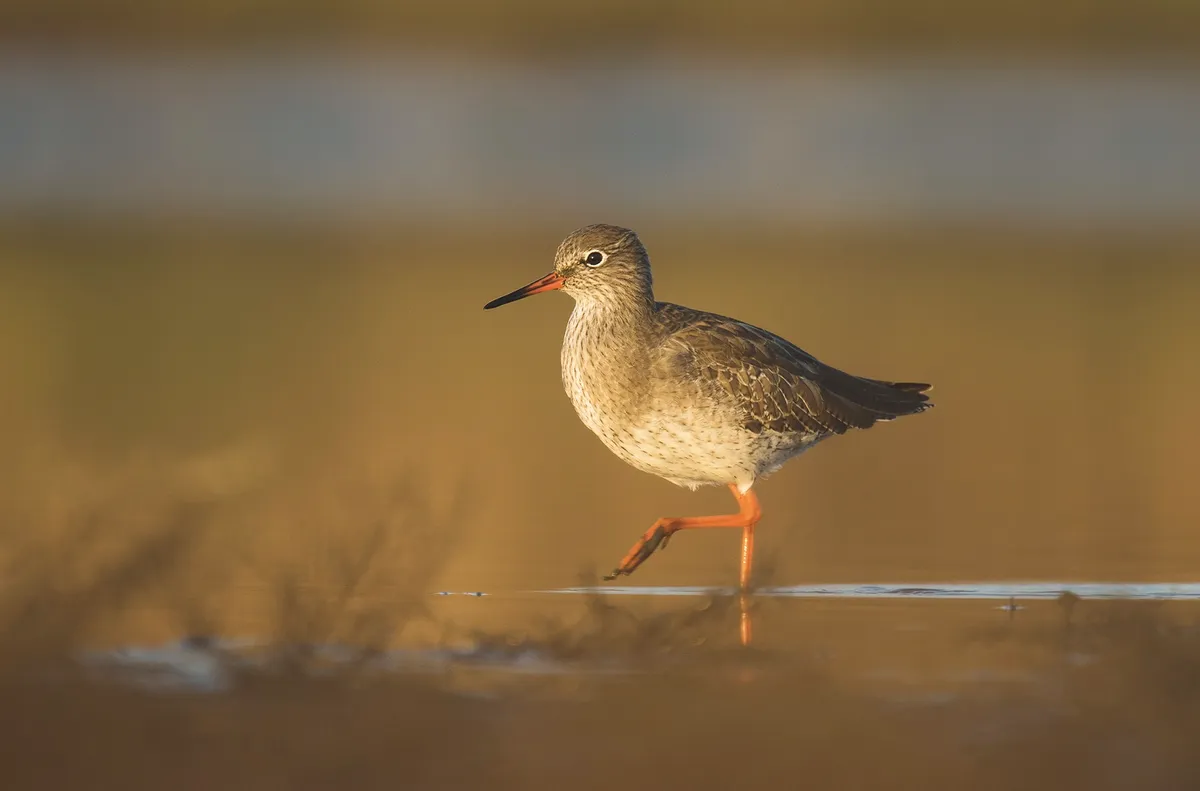
4. Along the estuary
You soon pass two wooden bird hides overlooking a series of shallow ponds. The waterholes provide feeding and nesting areas throughout the year for snipe, shovelers, shelducks and moorhens, while large water meadows attract flocks of Canada geese.
Continue on the permissive path as it turns right to follow the sand and mud banks alongside the estuary, where there are ample opportunities to stop and observe wading birds and gulls on the shoreline. Keep a look out for raptors, such as buzzards, peregrines and ospreys, which are often seen along the estuary. Last year, The Gaia Trust erected two telegraph poles – one carrying a nesting platform and the other a solar-powered web cam – close to the estuary in the hope of encouraging ospreys to nest in the area.
5. Among the reeds
At a wooden gate, where the permissive path leaves the estuary and starts to head inland along the edge of a field, lies a memorial stone to Lady Hilda MacNeill, a local woman who died in 1904 while trying to save a drowning child.
At the end of the field, the path turns right again. Keep an eye out for herons and little egrets hiding in the reeds and rushes as you walk through marshland to reach a wooden gate leading back on to the Tarka Trail.
Turn left and retrace your steps to Fremington Quay, where you can enjoy coffee and cake at the café in an old, riverside railway house.
Isley Marsh map
Isley Marsh walking route and map
